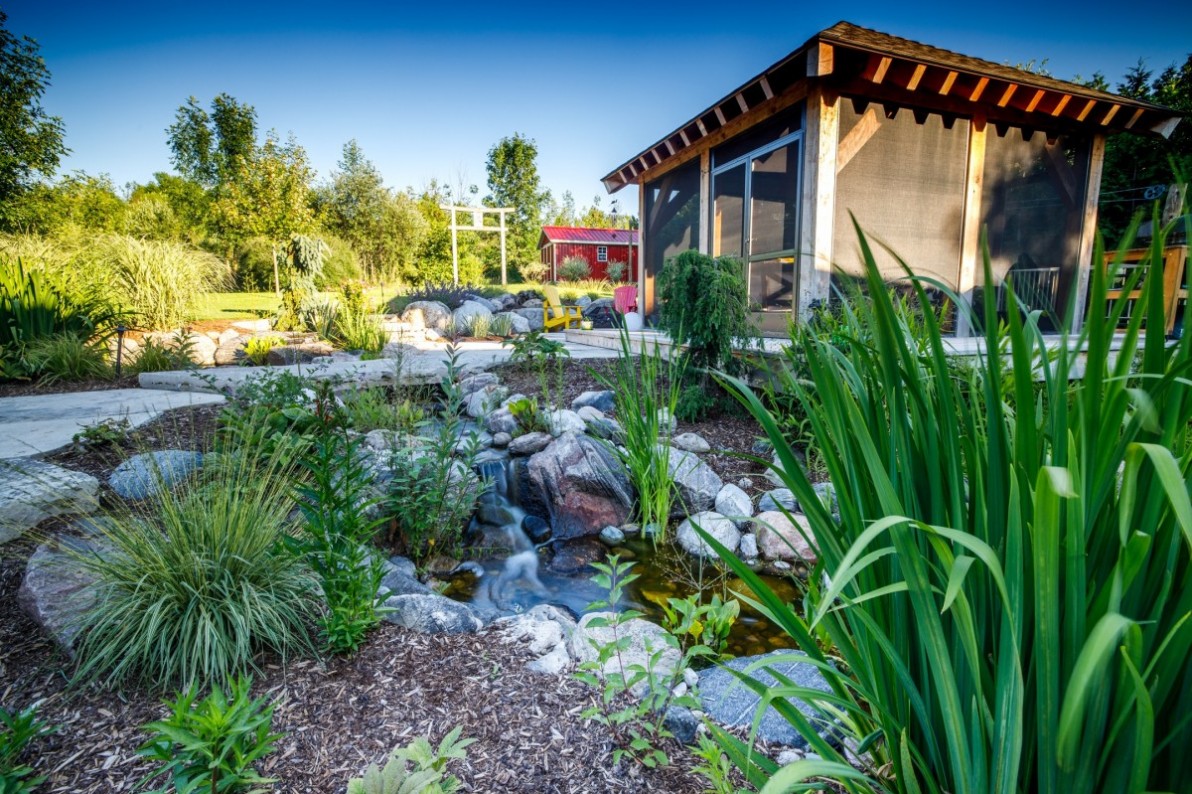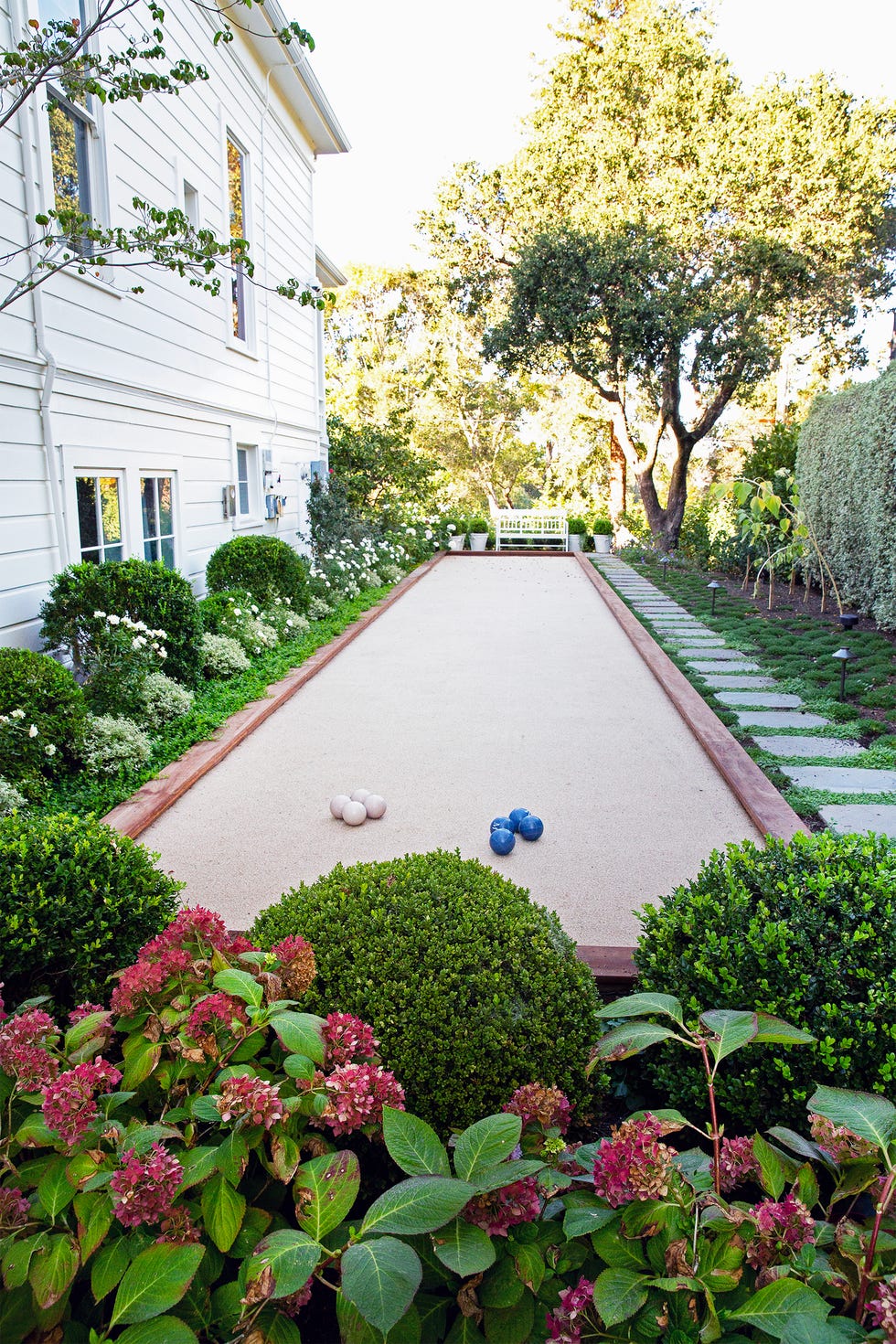What Does Landscapers Mean?
What Does Landscapers Mean?
Blog Article
Landscapers Fundamentals Explained
Table of ContentsA Biased View of LandscapersNot known Incorrect Statements About Landscapers Landscapers Fundamentals ExplainedAn Unbiased View of LandscapersGetting The Landscapers To Work
Percentage refers to the dimension relationship of all the attributes in the landscape. Percentage in landscape design expands to building dimension, lot dimension, plant dimension, areas of plantings to areas of open room as well as the use of the landscape.Unity in style simply suggests all the separate parts of the landscape interact to produce a great overall layout. Colors, forms, sizes, structures and various other functions work together to produce a unified room. Patterns and shades are often duplicated. Lights, unique features, bed forms and hardscapes such as walk ways all require to interact to create a pleasing appearance and a merged landscape.
Straight lines tend to create a much more formal style, while bent lines fit well with an informal landscape. Form refers to the shape of the plant or hardscape feature.
The Greatest Guide To Landscapers
A well balanced landscape style meticulously thinks about use kind. For example, a more formal garden might consist of more structured, trimmed bushes, while a casual backyard would certainly include even more all-natural and flowing plants. The mix of forms is what helps lay the foundation for the landscape layout. As color often tends to truly record the eye, it is a vital component in landscape layout.
While blossoms and plants in varying tones make a remarkable summer season yard, you will certainly also desire to be sure to include greenery that will certainly offer color during the various other seasons, such as evergreens, conifers and holly. The shade of hardscape additionally plays a function in the style.

The soil is additionally different and can be sandy or clay-based depending where you lie. The Central area is a bit a lot more moderate. Frosts and ices up are not as usual and the seasonal differences are not as obvious. The South is a sub-tropical zone that hardly ever has frosts and freezes.
The Buzz on Landscapers
The Tropical zone is really little and just at the Southern idea of Florida. The dirt is sand and limestone varieties. The types of plants you see in landscape style will commonly depend on the area you remain in as that reflects the temperature level and the kind of dirt. Our Florida clients have a variety of ask for the front backyard.
We constantly encourage clients to consider indigenous plants as those are plants that are shown to thrive in your internet environment and will certainly require less upkeep than other options. Native plants need less of a green thumb (!) and are useful to local wildlife. Take a look at some basic Florida front lawn landscape design concepts from Tilly plans: When it pertains to resource yard landscape layout our design team comes close to the plants and products similarly as the front yard (low maintenance and environment details), nonetheless we understand that normally a yard will certainly be utilized a lot more for amusing and consequently has unique features.
When getting going on your Florida landscaping job bear in mind that you remain in a distinct climate so select plants and products based upon your area. Doing a little research in advance of time can conserve you a great deal of frustration and cash. When it pertains to budget plan - bear in mind that landscape layout tasks can be expensive so you don't need to do it simultaneously.

Having a master plan will make sure whatever you desire is included and you can work towards your end goal as time and spending plan enables. An additional way to handle budget plan is to begin with smaller size plants. Smaller plants costs less and while they will certainly require time to expand, in a few years they will certainly have the very same appearance as a larger plant.
The Basic Principles Of Landscapers

My favorite accent plants today are Quicksilver Hebe and Coneflower.- A means to come close to an area or garden feature. The concept of "access" can be practical: supplying accessibility for upkeep. Or it can be a matter of looks: making accessibility inviting so you are drawn toward a yard destination.- Really subjective, this is the perception of elegance or good looks of a garden space or layout.
- Gravel or dust made use of to fill up behind a retaining wall surface or other landscape attribute.- A style principle, where elements in the landscape are in "equilibrium" with one another.
Not known Incorrect Statements About Landscapers
Often abbreviated to "B&B" in the profession. - (as it connects to landscaping in Portland) The most typical type of landscape and stonework rock.
- An enclosed area of water. When discussing water includes the basin may be the water receptacle below ground or the pot or vessel that water splashes out of.- A design of water attribute with a huge pierced rock generally working as the centerpiece. - Huge stone. As a whole a rock over 125 lbs would qualify as a boulder.
- Where water in a stream or vessel strikes a factor of vertical decline. The elevation and width of a waterfall are major consider the amount of noise created by a water attribute. - A listed below grade vessel for collecting surface water and then directing it right into a drain line or dry well.
Report this page